1. Structures and Interactions of Microtubules and Microtubule-Associated-Proteins (MAPs) Tau
- We focus on elucidating structures and interactions of microtubules and microtubule-associated-proteins.
- Microtubules (MTs), hollow 25 nm diameter protein nanotubes, are among the major filamentous elements of the eukaryotic cytoskeleton involved in a range of cellular functions including intracellular trafficking, cell division and the establishment and maintenance of cell shape.
- A variety of different microtubule-associated-proteins (MAPs) is required for the establishment of neuronal cell polarity, and the maintenance of neuronal axons. Aberrant tau action has long been correlated with numerous neurodegenerative diseases, including Alzheimer’s, Pick’s, supra-nuclear palsy, and fronto-temporal dementia with Parkinsonism linked to chromosome 17 (FTDP-17).
- Nanometer to mesoscopic (many micrometers) scaled structures are solved by combining reciprocal space and real space data resulting from x-ray scattering, differential interference contrast (DIC) and three dimensional confocal microscopy, and electron microscopy (EM) experiments.
- The fundamental understanding of interactions between MTs and MAPs would provide insight for therapeutic applications, and further for controlling assembly structure of biological nanotubes for bioengineering applications.

Hierarchical Assembly of Microtubules

M. C. Choi, et al, “Human MAP Tau Regulates the Number of Protofilaments in Microtubules: a Synchrotron X-ray Scattering Study”, Biophys. J. 97, 519 (2009)
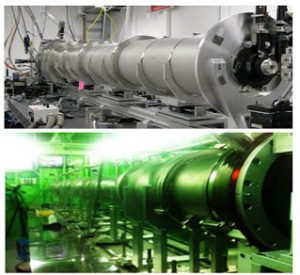
Synchrotron SAXS in BL 4-2 in Stanford Synchrotron Radiation Lightsource (SSRL); BL-4C in Pohang Advanced Lightsource (PAL)
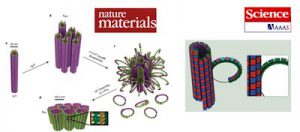
M. A. Ojeda-Lopez, D. J. Needleman, C. Song, et al., “Transformation of taxol-stabilized microtubules into inverted tubulin tubules triggered by a tubulin conformation switch”, Nature Materials 13 195 (2014)
2. Engineering Model Biomembranes
- Cell membranes are involved in a lot of biological processes such as motility, cell division, and signal process. Despite of their importance, complexity of cell membranes hampers the study of membranes on their physical properties.
- Accordingly, many model systems have been developed including vesicles, supported lipid bilayers, black lipid membranes, but they all have some disadvantages.
- We are interested in creating free-standing lipid bilayer as model biomembranes. Once stable free-standing lipid bilayers are formed, they provide a superb model system to interrogate intriguing behaviors and properties of biomembranes in a variety of approaches.
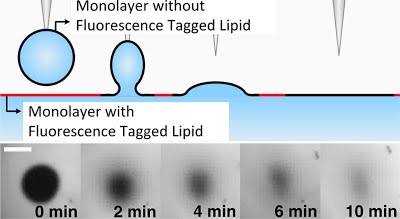
D. Jeong, et al., “Fluorescence Recovery after Merging a Surfactant-Covered Droplet:
A Novel Technique to Measure the Diffusion of Phospholipid Monolayers at Fluid/Fluid Interfaces”,
Langmuir 10(48) 14369 (2014)
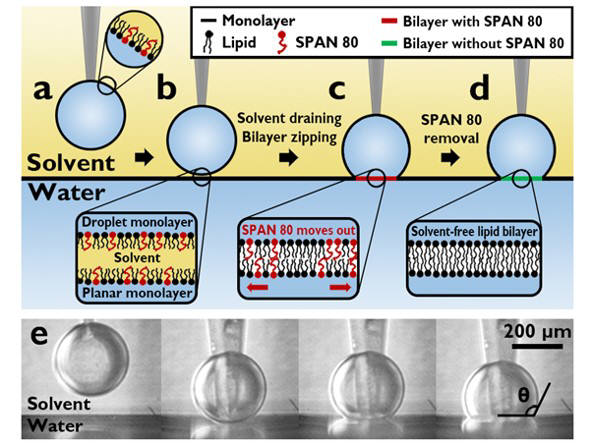
D. Jeong, et al., “Enhanced stability of freestanding lipid bilayer and its stability criteria”,
Scientific Reports 6, 38158 (2016)
3. Understanding and Control of Interactions between Liposomes Using Optical Tweezers, and Implications to Drug Delivery Systems
- We study the interactions between charged vesicles by using newly developed optical tweezer, called “optical bottle” technique.
- When a laser beam is applied to the small unilamellar vesicles, the radial forces are exerted on them via optical pressure, thus concentrating vesicles toward the beam center.
- We measure the second virial coefficient B2 (which is characteristic of the interaction potential) between the vesicles with different surface charge density controlled by a ratio of charged lipids and neutral lipids.
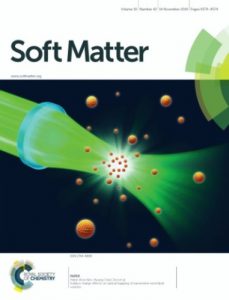
S. Park, et al., “Surface charge effects on optical trapping of nanometer-sized lipid vesicles”, Soft Matter 10 8406 (2014)


